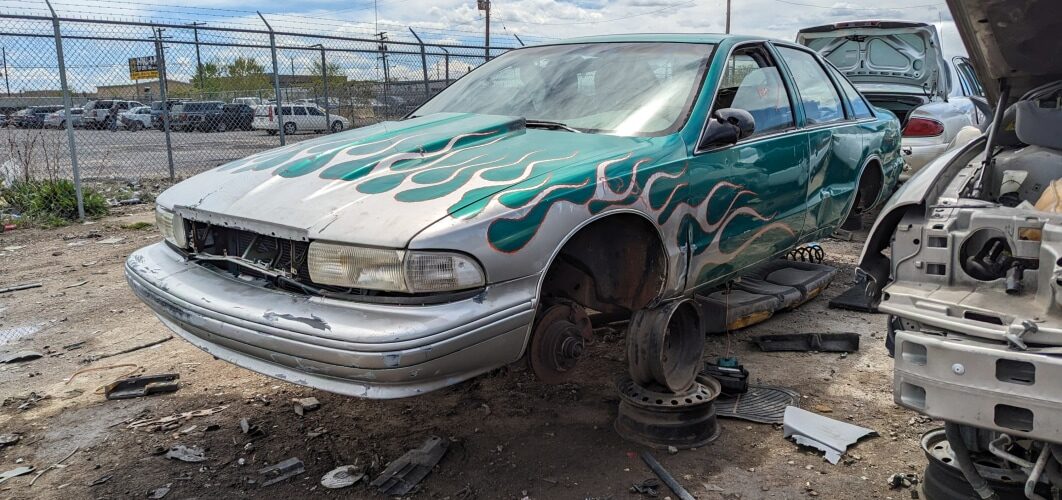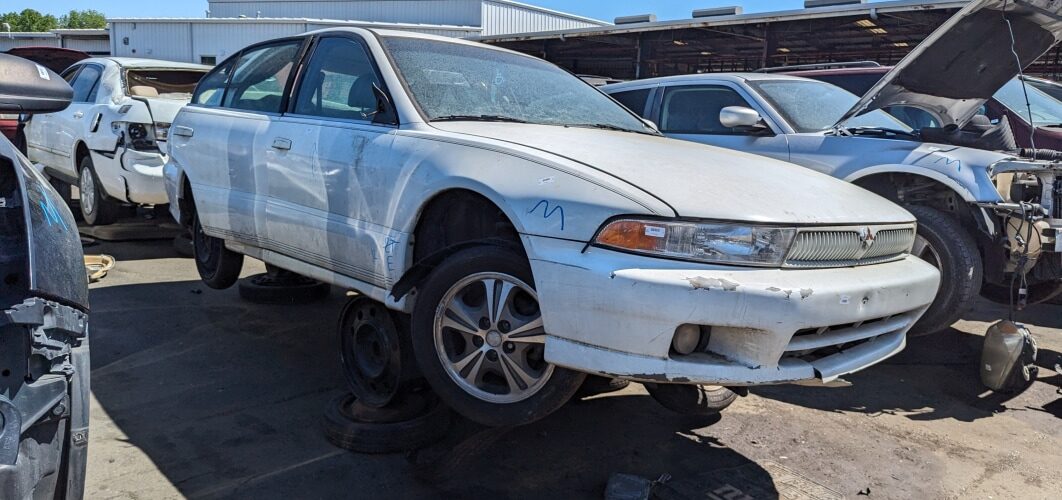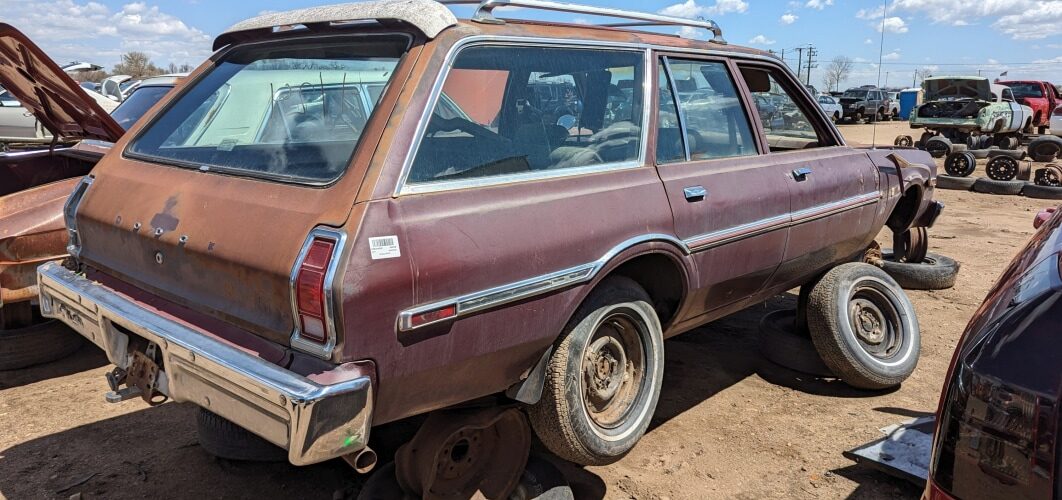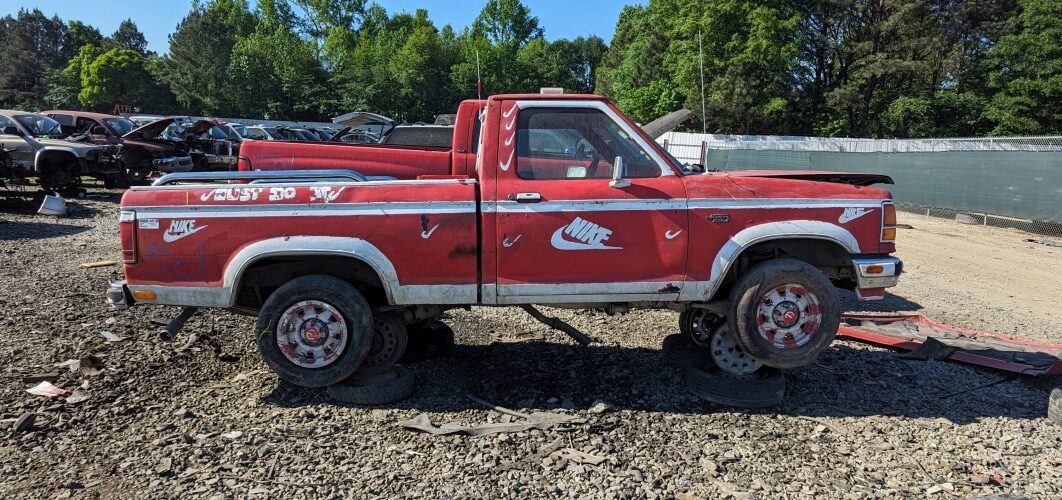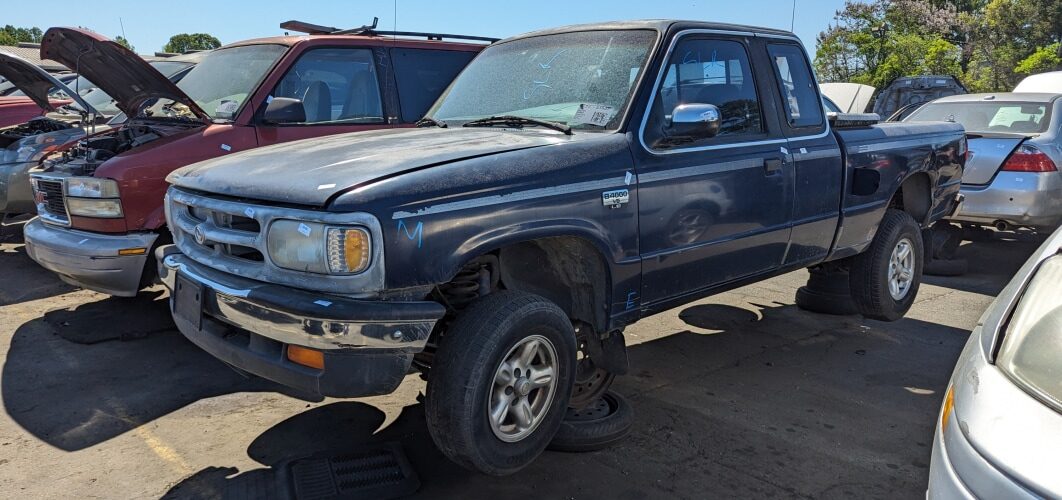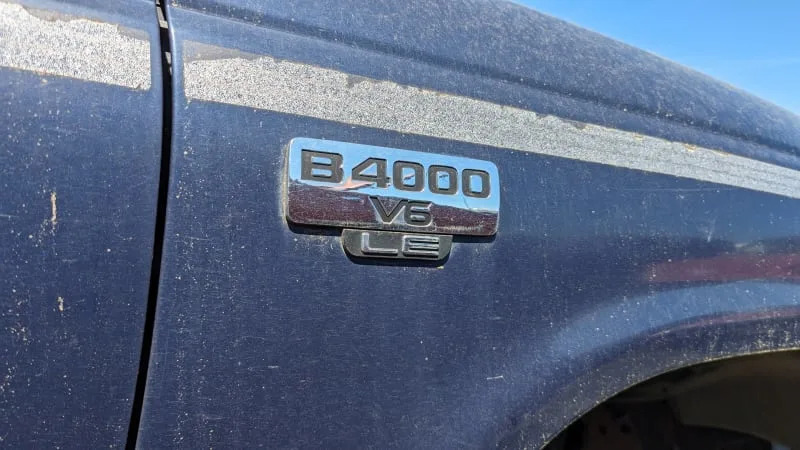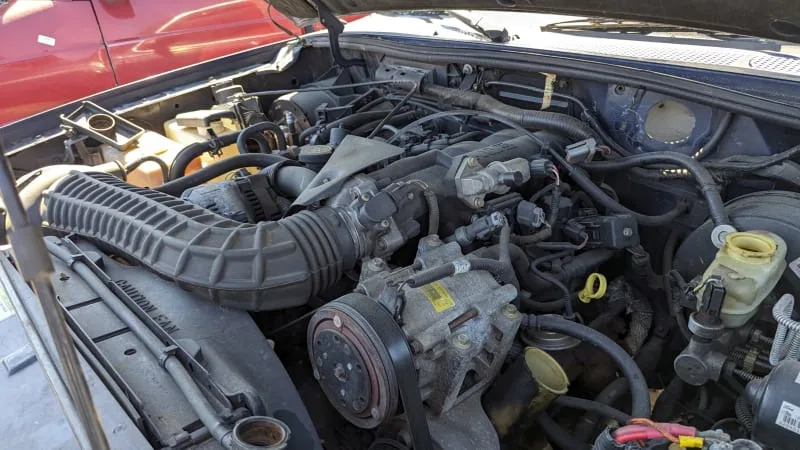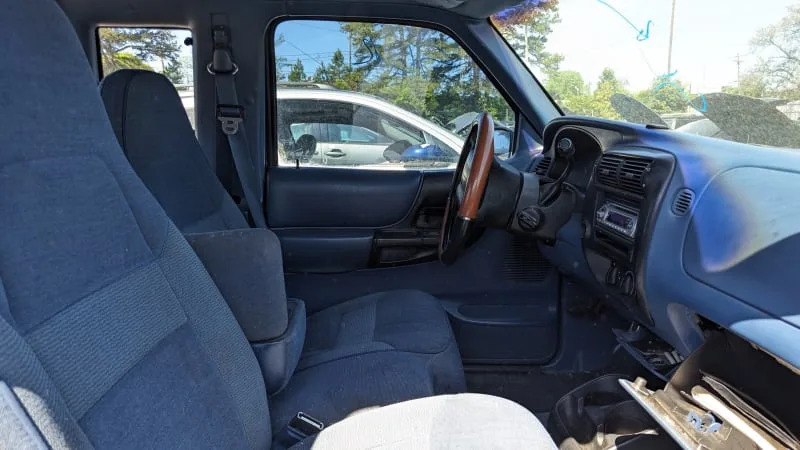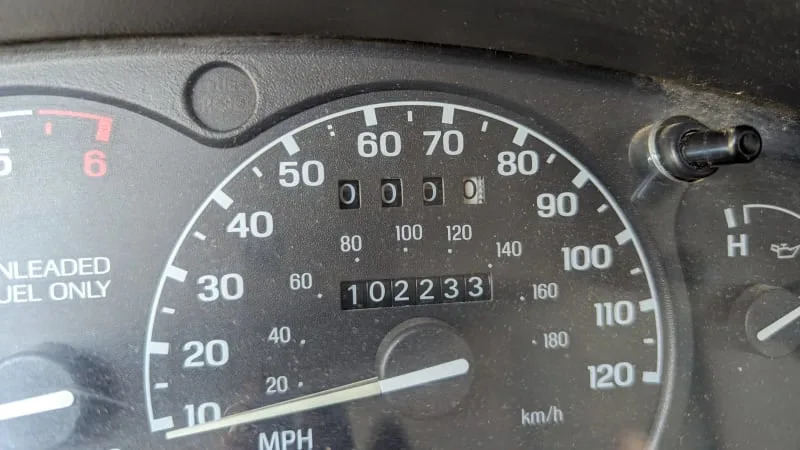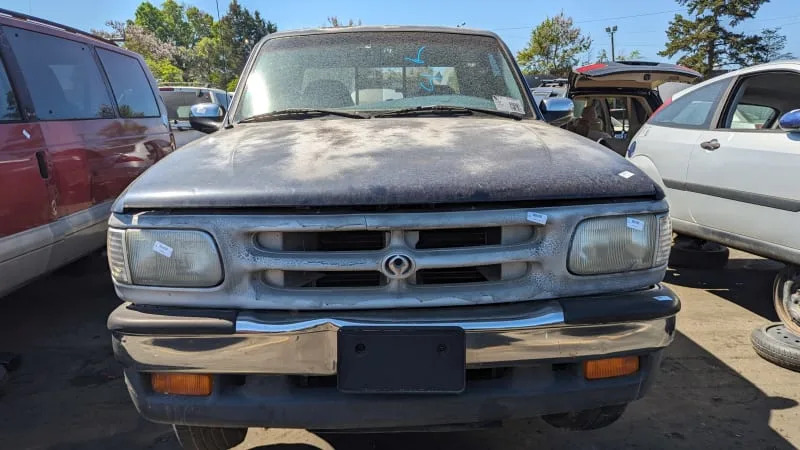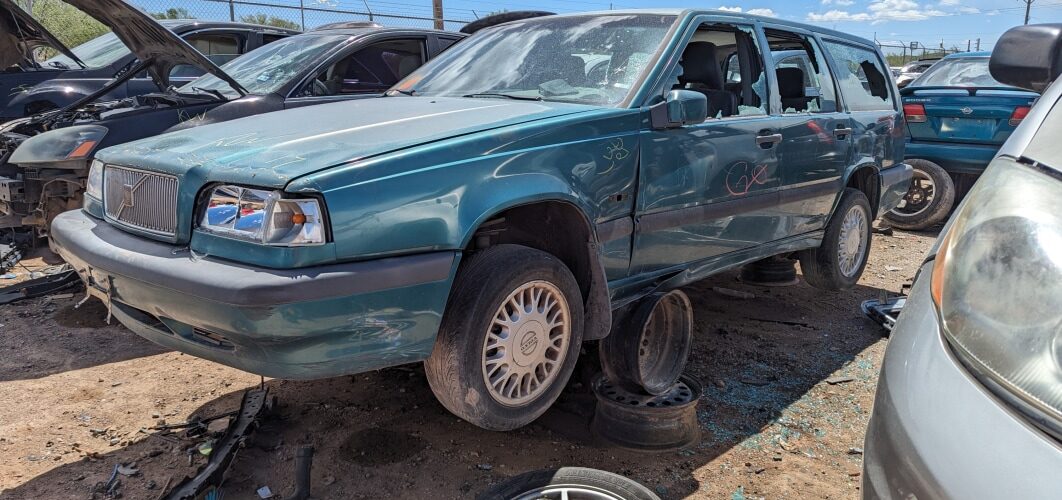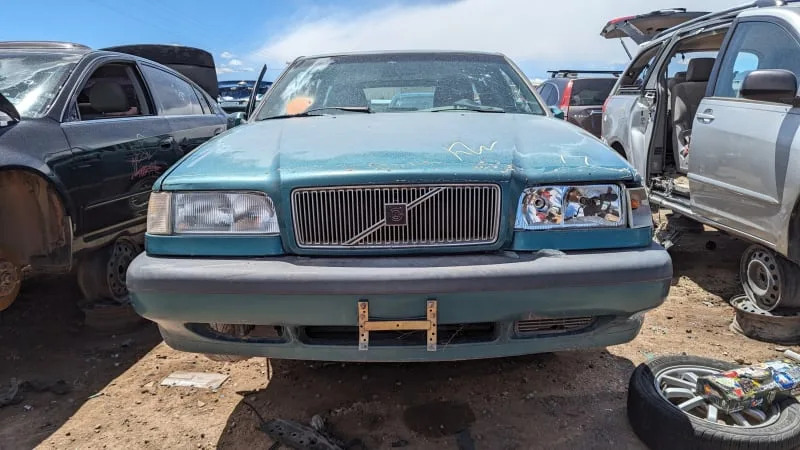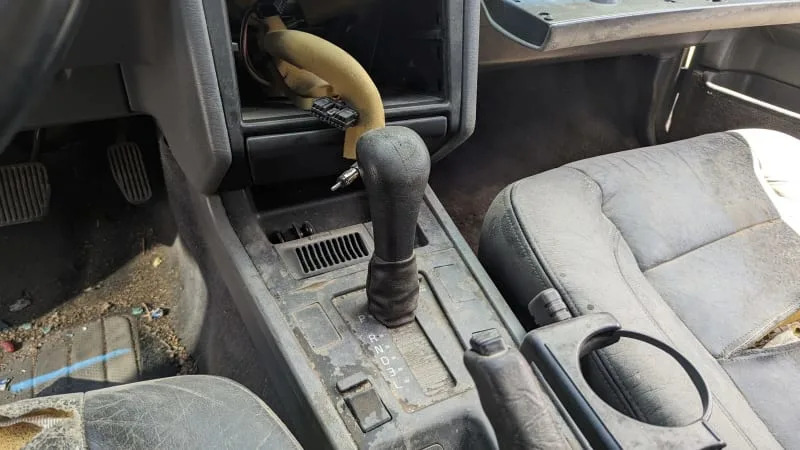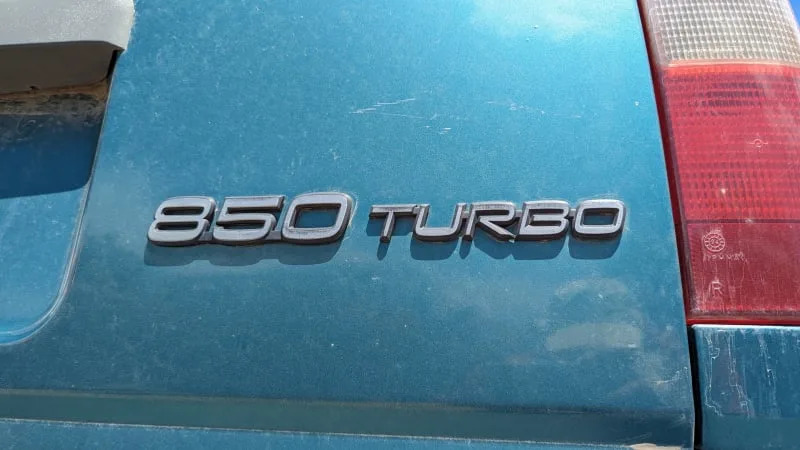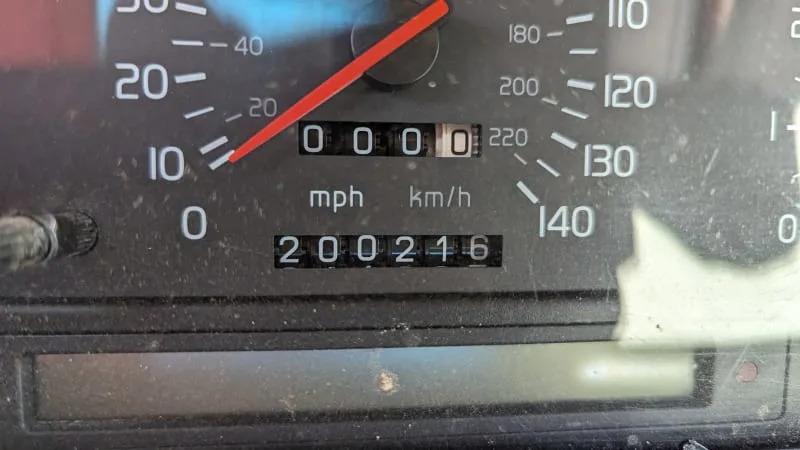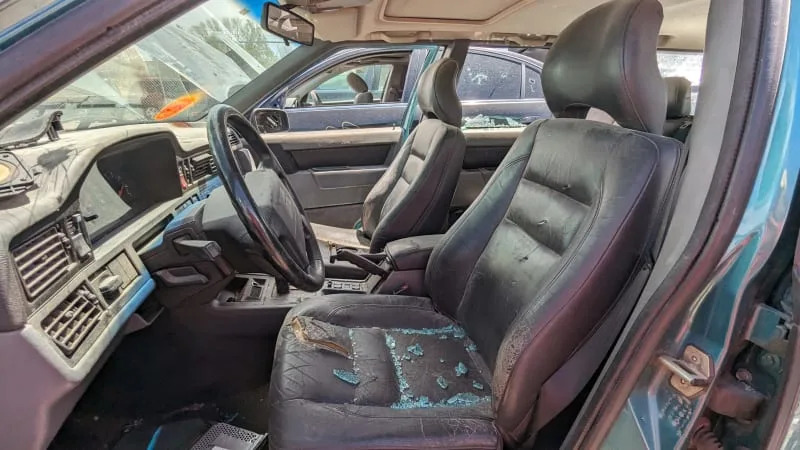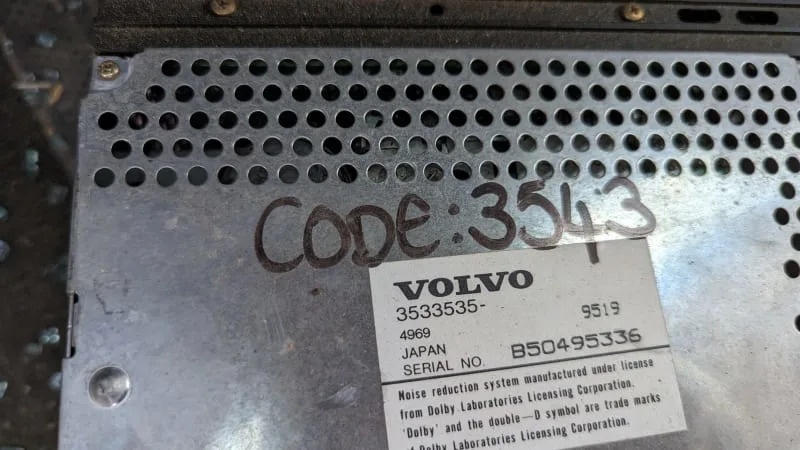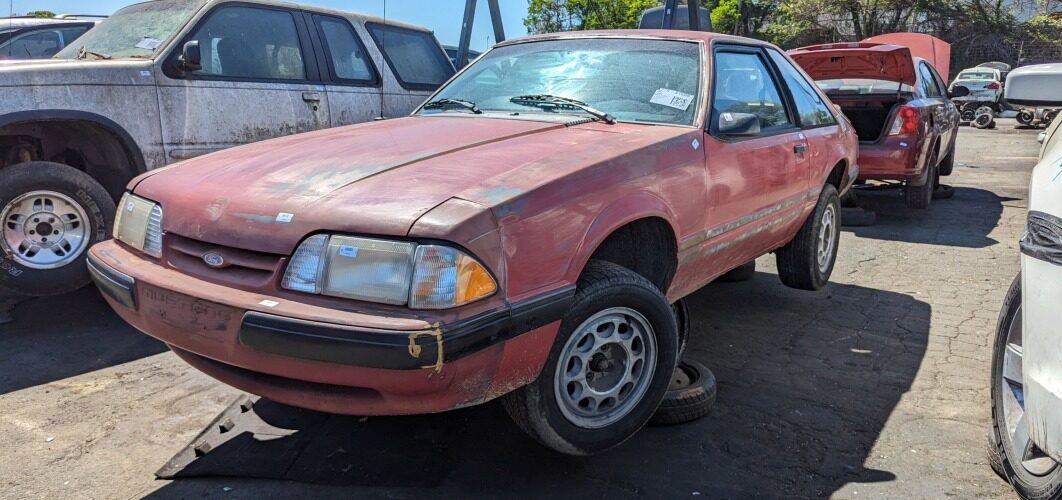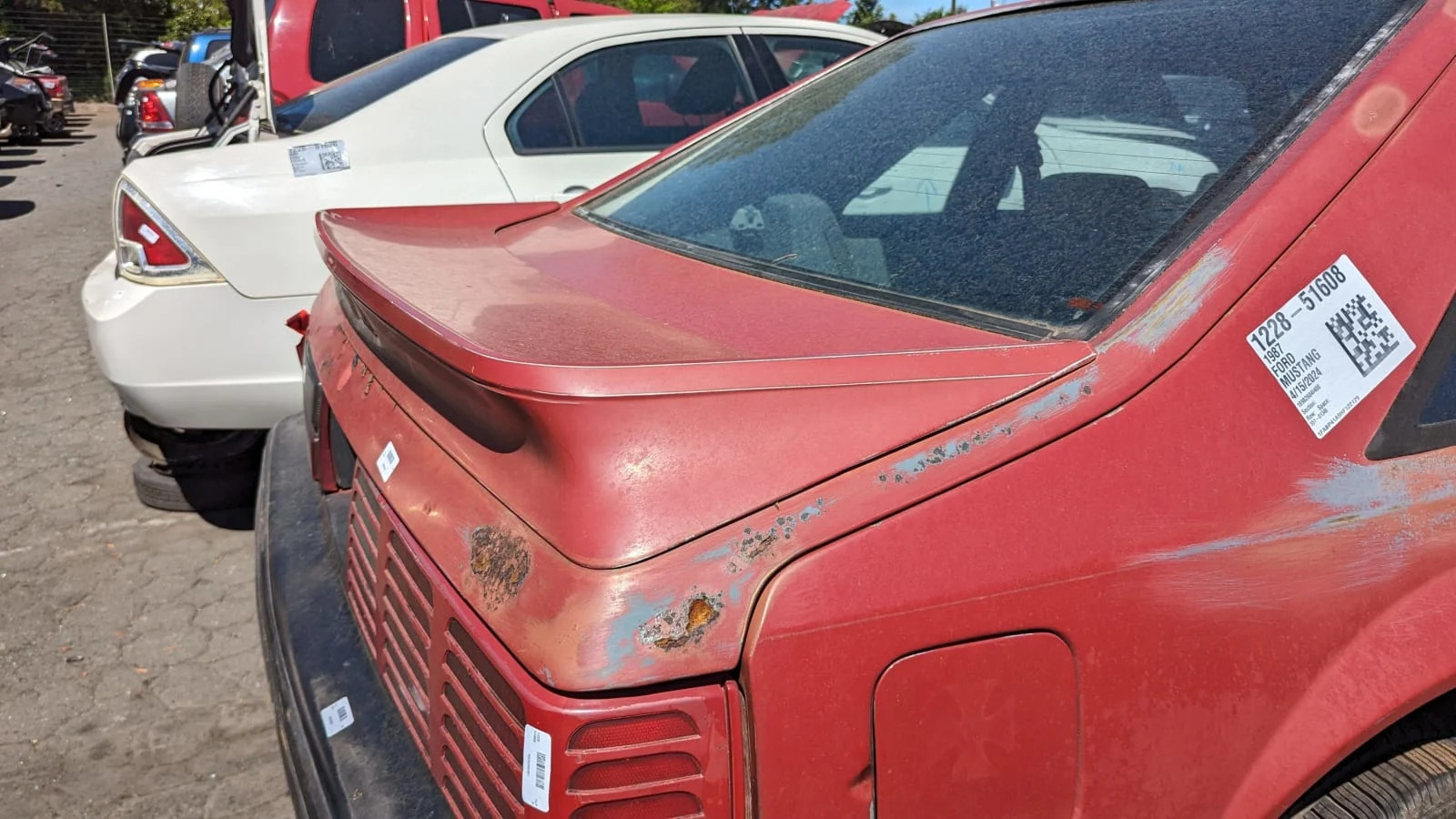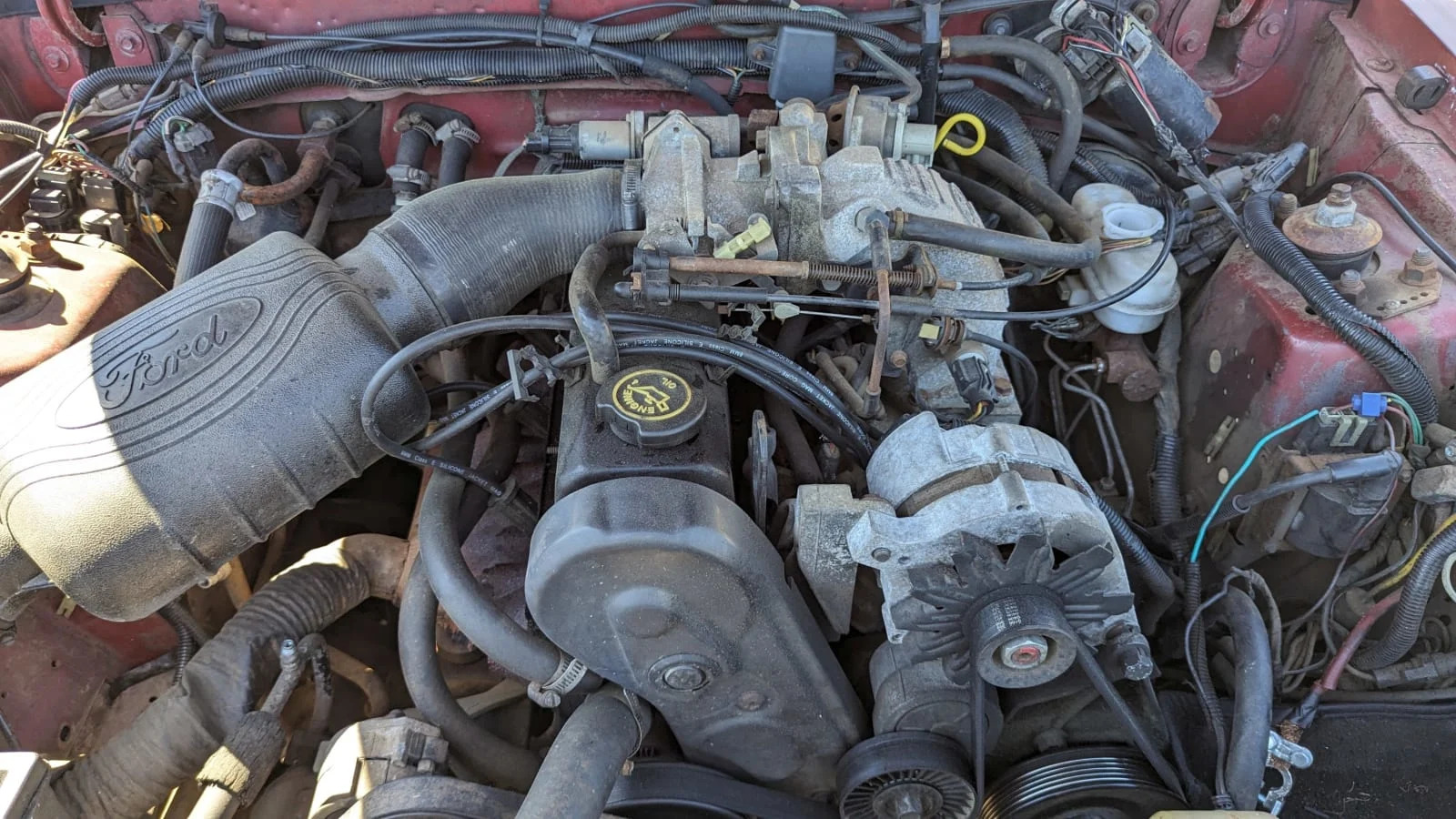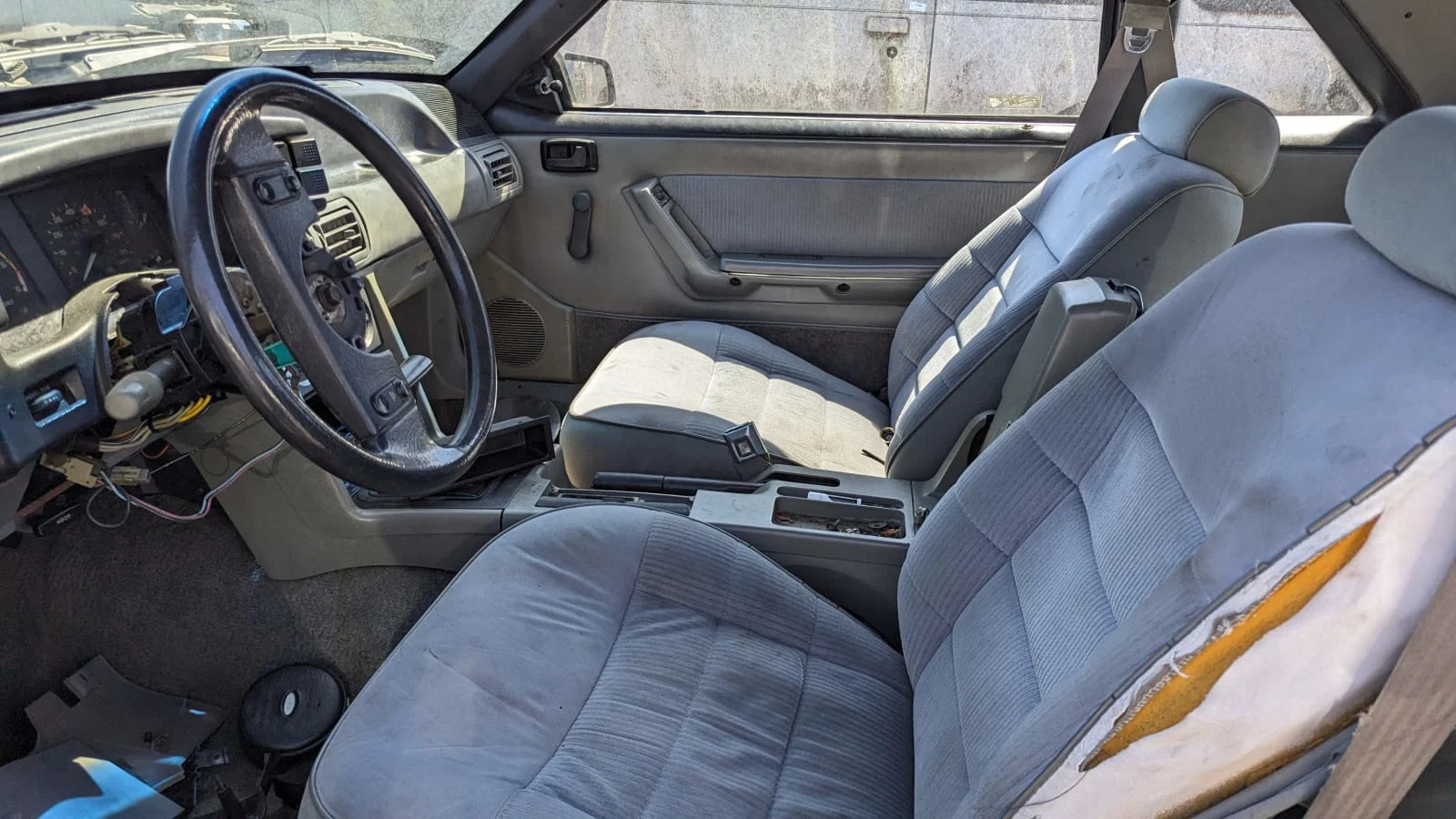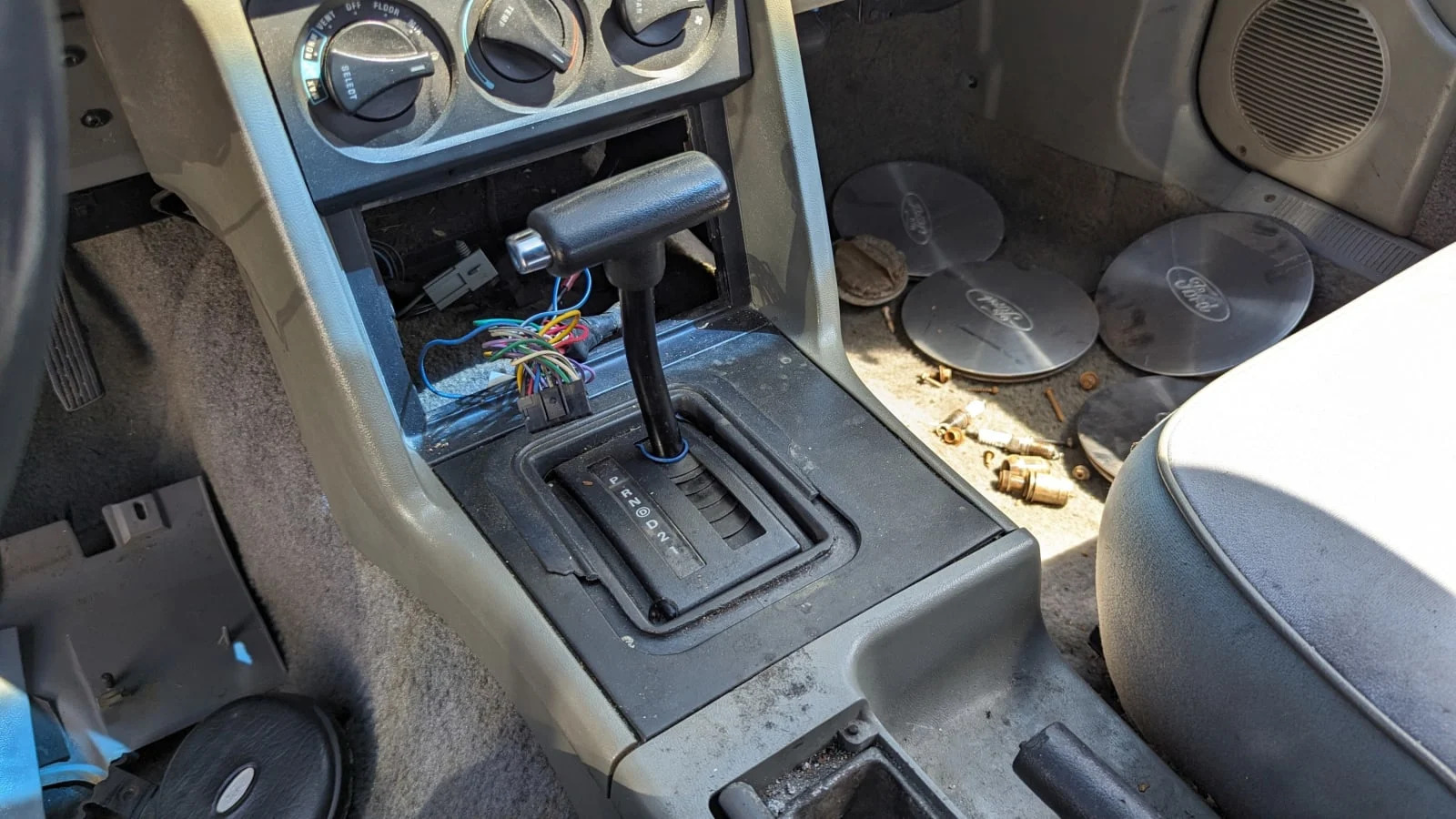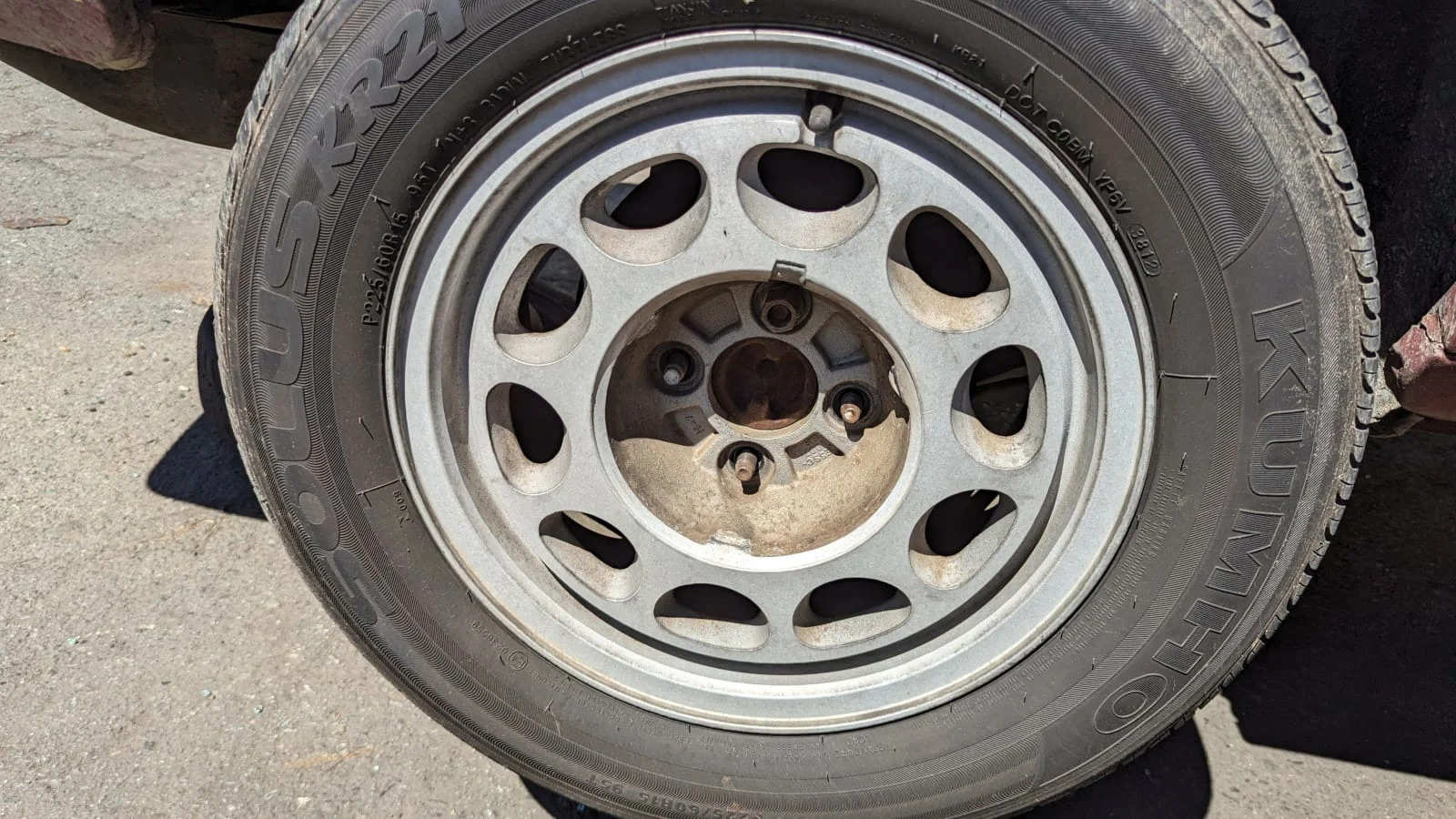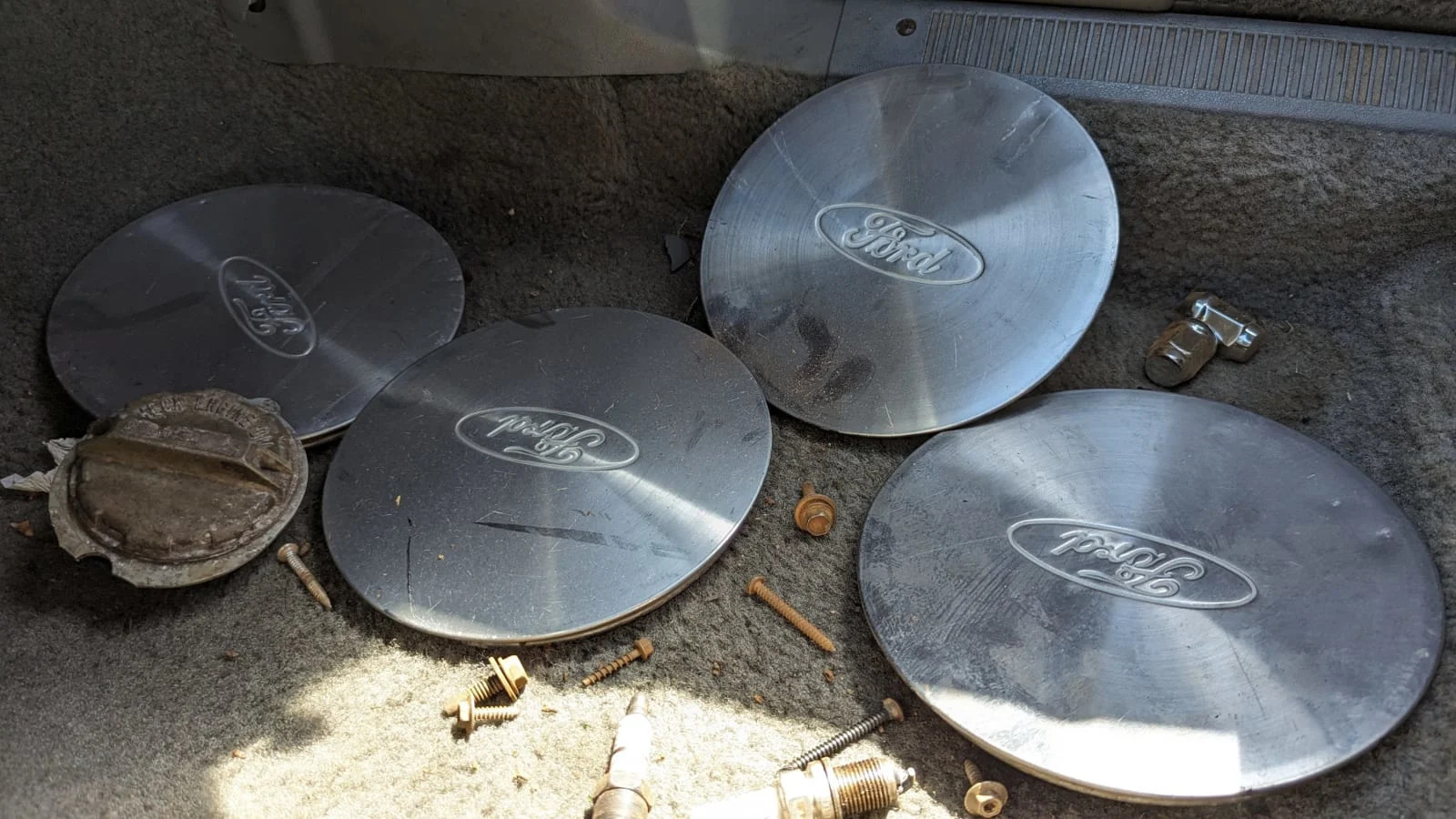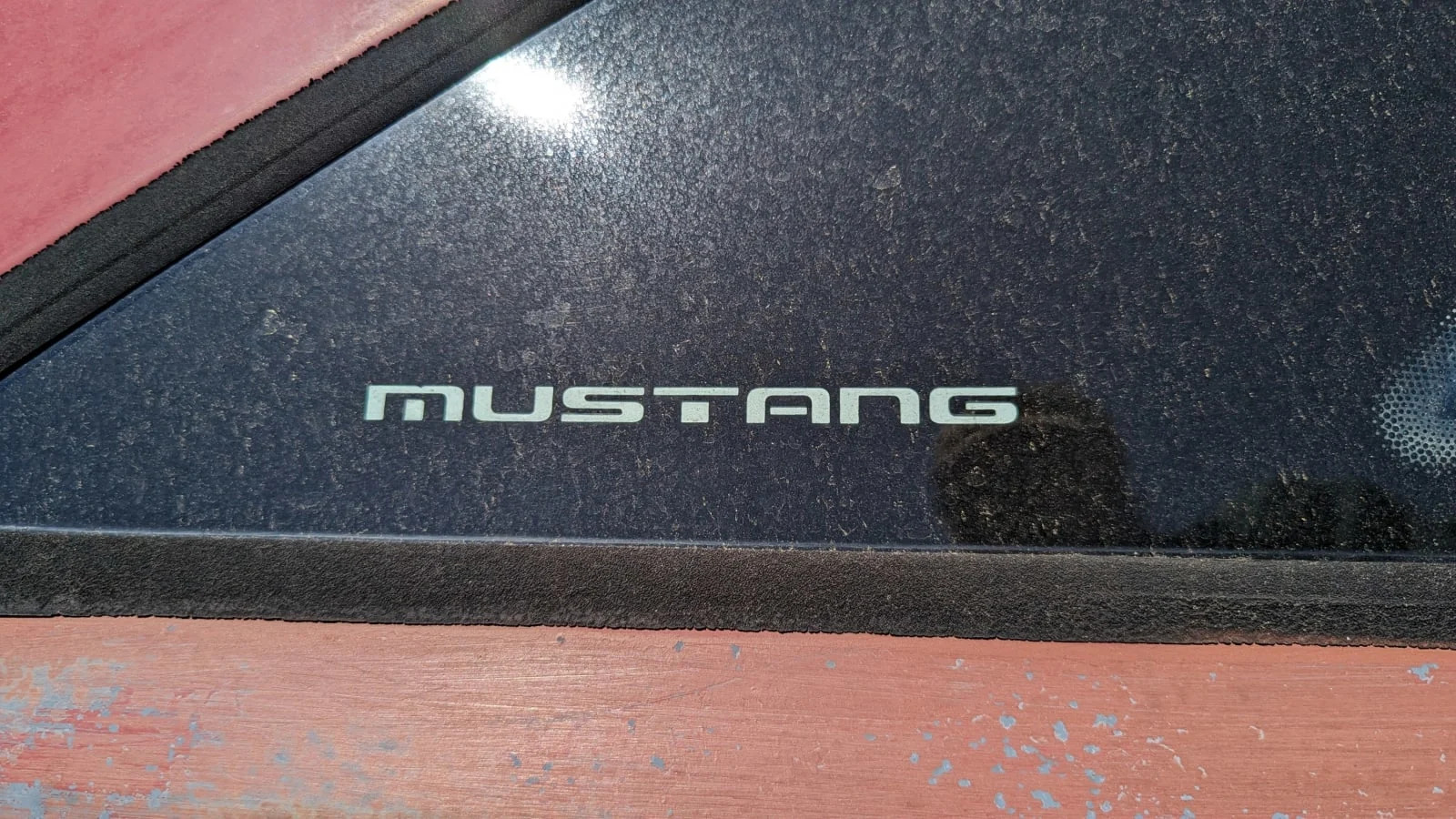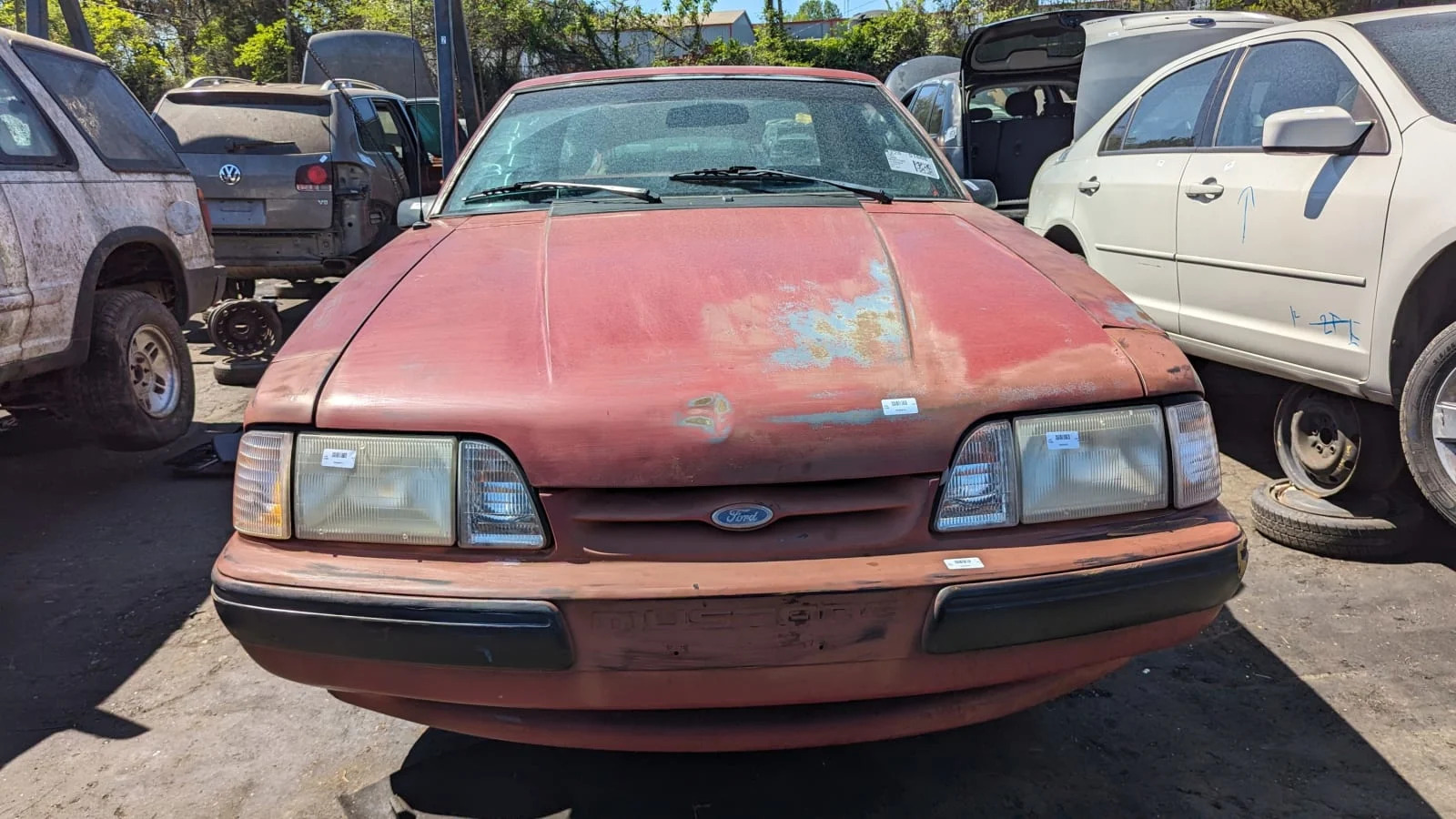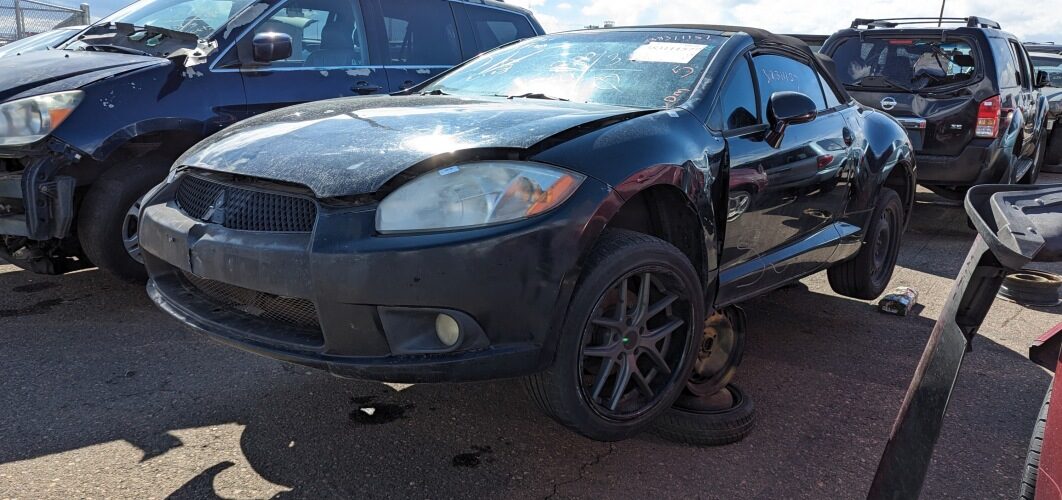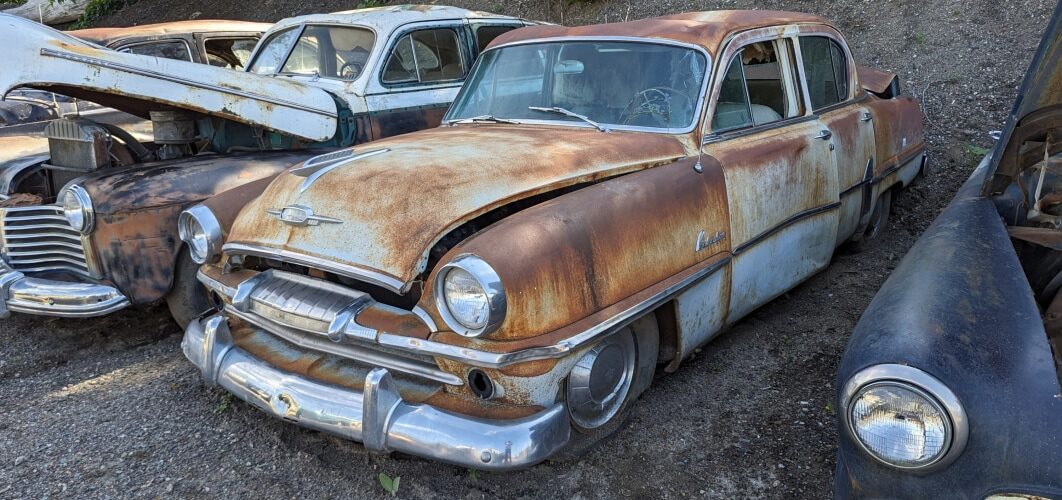Customized Impalas and their Caprice siblings go back to the earliest models, and it’s inevitable that some of these machines will end up among the rows at your local Ewe Pullet. Today’s Junkyard Gem is such a car, a final-generation Caprice found in a Denver-area boneyard recently.

The very first Caprices were top-trim-level full-sized Chevrolets for the 1966 model year, pushing the Impala into the second tier on the big Chevy prestige pyramid (the Chevy Biscayne was the most affordable version in North America until being discontinued — in Canada — after 1975). The squared-off predecessor to the 1991-1996 Bubble aka Whale Caprice, known as the Box Caprice, was introduced as a 1977 model and continued in production all the way through 1990.

These cars were seen as throwbacks in their day, but plenty of Americans during the 1990s still wanted traditional big Detroit sedans with V8 engines, rear-wheel-drive and a generous helping of affordable cloth-and-vinyl luxury inside. These cars sold quite well to police departments, though Ford’s Crown Victoria Police Interceptor won the American cop-car long game.

Unlike the 1977-1990 Caprices, the 1991-1996 cars weren’t available in the United States with straight-six engines. In fact, all of the 1991-1996 Caprices had standard V8 power (except for the 1992-1993 9C6 versions, sold for taxi use only, which got 4.3-liter V6s).

This car was built with a 4.3-liter engine, but it’s the L99 small-block V8 that was the base engine for the 1994-1996 Caprice. In fact, it was used only in those Caprices. The 200-horse L99 looks just like the 5.7-liter small-block Chevrolet V8s that went into millions of other GM cars during the 1990s, so there’s no telling at a glance if this is the original one or a swap. Just to confuse parts-counter employees for decades to come, the Chevrolet 4.3-liter V6 was based on an earlier version of the small-block Chevrolet V8, and Oldsmobile offered a diesel 4.3 V6 that was three-quarters of the Olds 350 V8.

This car started out life with white paint but received a vivid teal re-spray at some point. Teal is a popular color in the SLAB and scraper worlds.

Most of the interior is gone by now, but we can see that the dash and door panels were given the teal treatment as well.

The flame job draws inspiration from the customs of early-1960s Los Angeles.

The hood is an aftermarket fiberglass unit from Glasstek in Illinois. You can still buy this cowl-induction hood today, for $764.48.

It appears that a minor engine-compartment fire singed this one.

The door handles have been shaved, another Southern California customization touch first popularized during the 1950s. My own chopped-and-lowered 1969 Toyota Corona coupe has shaved door handles, as is proper for a SoCal machine with a genuine Carson top.

Don’t want anyone to read the VIN on your dash? Glue a couple of pennies over the all-important sequence number!


After 1996, SUVs and the Lumina LTZ replaced the Caprice (and its Impala SS sibling) in Chevrolet showrooms in the United States. The Caprice name stayed alive elsewhere in the world, however, going on Holden-built sedans through the late 2010s. Sadly, those cars were badged as Chevrolet SSs and Pontiac G8s here.

You’ll find one in every car. You’ll see.
Related video:

